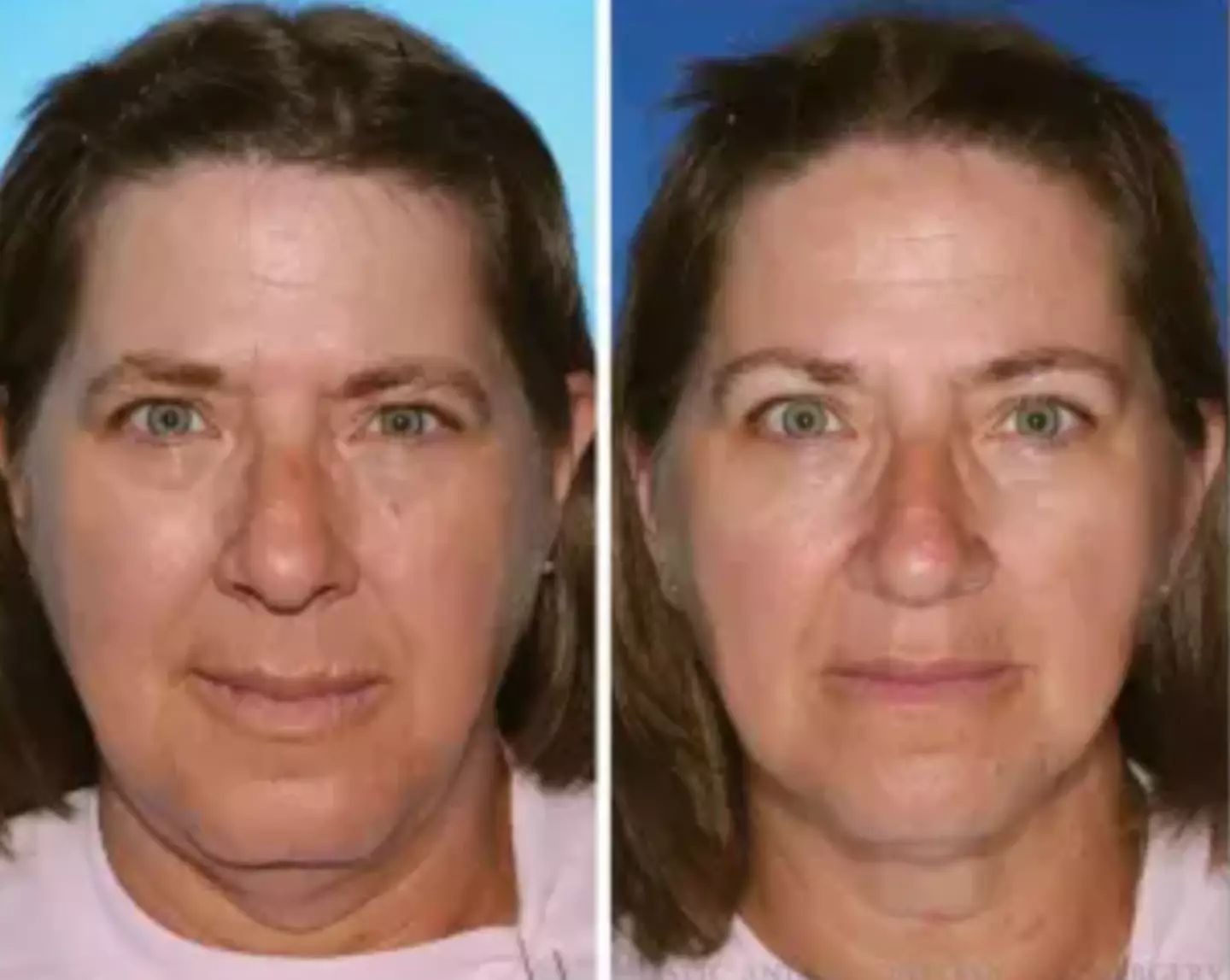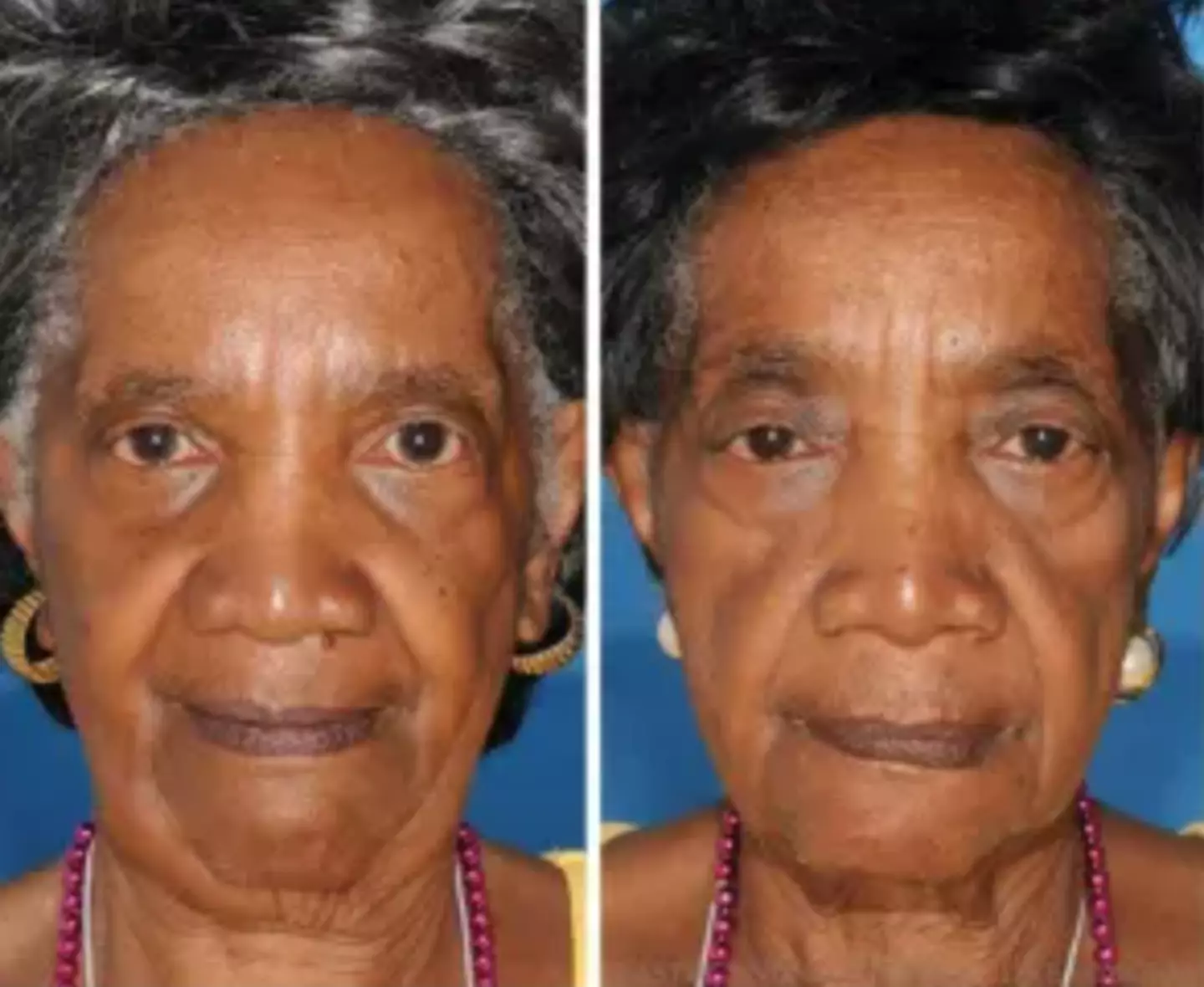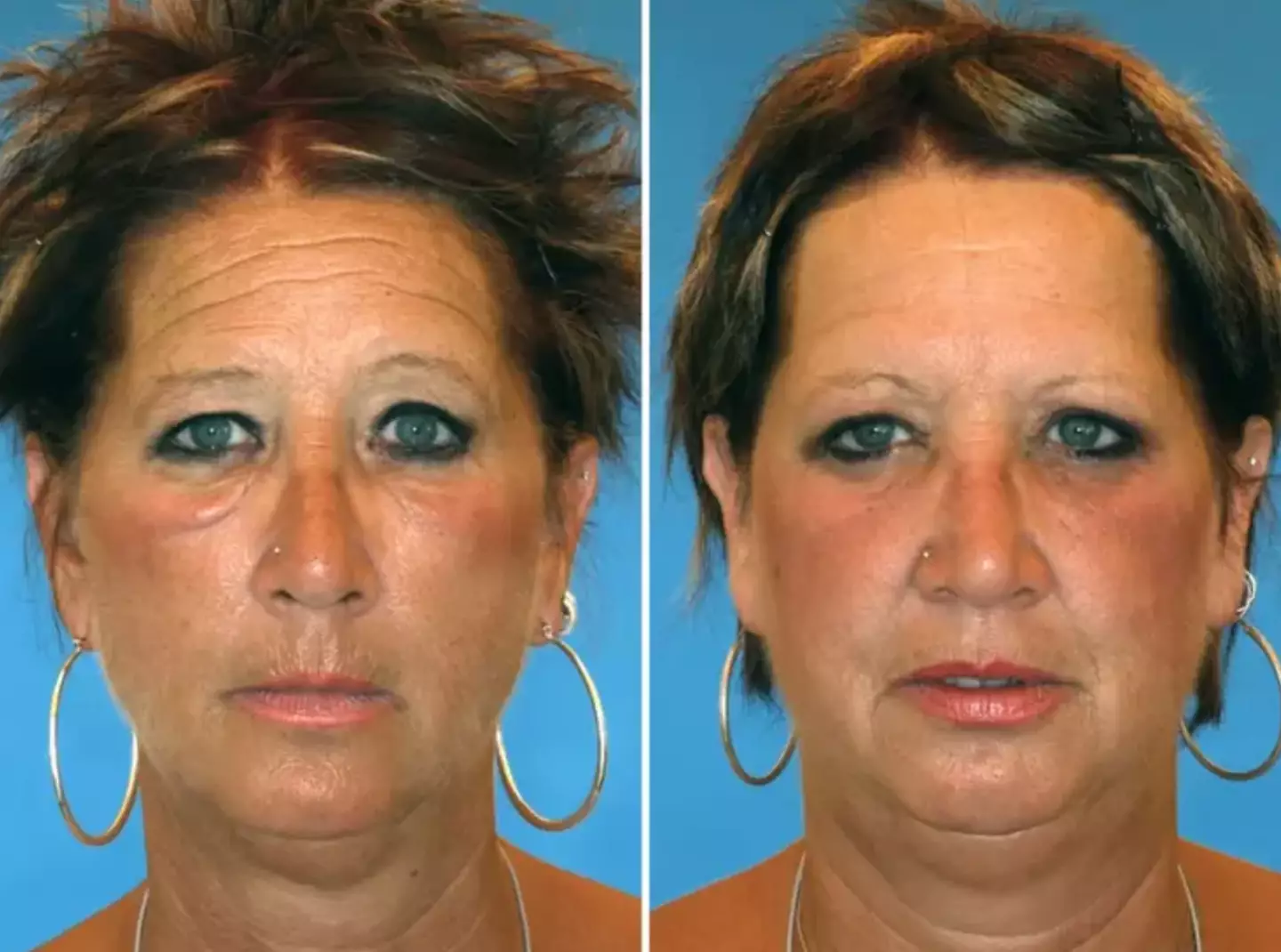A recent twin study has highlighted the dramatic effects smoking can have on one’s facial appearance.
It is well-established that smoking is detrimental to health, impacting nearly every organ in the human body.
Diseases such as cancer, heart disease, stroke, lung disease, and Type 2 diabetes are just a few examples of the severe health consequences smoking can induce.
Now, research has shed light on the substantial effects smoking has on one’s appearance.
The study conducted by researchers in Ohio focused on the facial disparities between smokers and their non-smoking twins, revealing significant premature aging among smokers.

The research team from the Department of Plastic Surgery at Case Western Reserve University examined 79 sets of twins ranging from 18 to 78 years old at a yearly twin festival in Twinsburg, Ohio.
Photographs were taken of each individual and two groups were formed for the study.
The first group had 45 sets of twins where only one twin smoked, while the second group involved twins where one had smoked for at least five years longer than the other.
Medical experts, including a student and two registered doctors, evaluated the photos and determined that smoking accelerates the aging process, even within just five years.
For the first group, they concluded that the smoking twin appeared older in 57% of the cases.

In the second group, the twin who had smoked the longest appeared older in 63% of the cases.
“This study confirms some of what was believed in the most scientific way possible,” Dr. Bahman Guyuron, who led the research, stated according to CNN. “With longer follow-up, we believe that every smoking twin might have exhibited a difference in aging.”
“Smoking reduces the collagen formation, results in collagen degradation and reduces the skin circulation,” Dr. Guyuron added. “Additionally, nicotine reduces the skin thickness. All of these reduce skin elasticity and (cause) premature aging.”
While the study accounted for other aging factors such as alcohol intake, stress, and sunscreen use, it did not assess the twins’ diets or living conditions, which presents some limitations to the findings.

This study aligns with another research project involving identical twins, which examined the effects of smoking and sun exposure on skin aging.
Results consistently indicated that these detrimental habits significantly impact skin health, with one twin who avoided smoking and sun exposure expressing delight at frequently being mistaken for the younger sibling.
Dr. Guyuron identified what he termed ‘festoons of loose skin’ beneath the eyes of the smoking twin, attributing these as indicators of smoking habits.
“When I see that [on patients], I don’t have to ask if they smoke. I know they do,” he explained.

